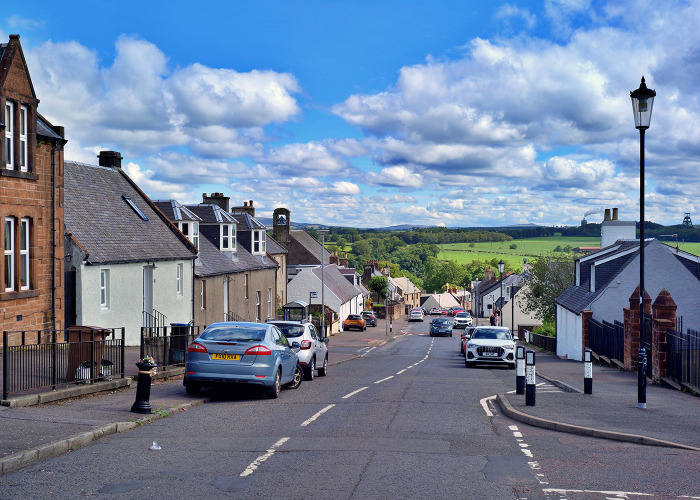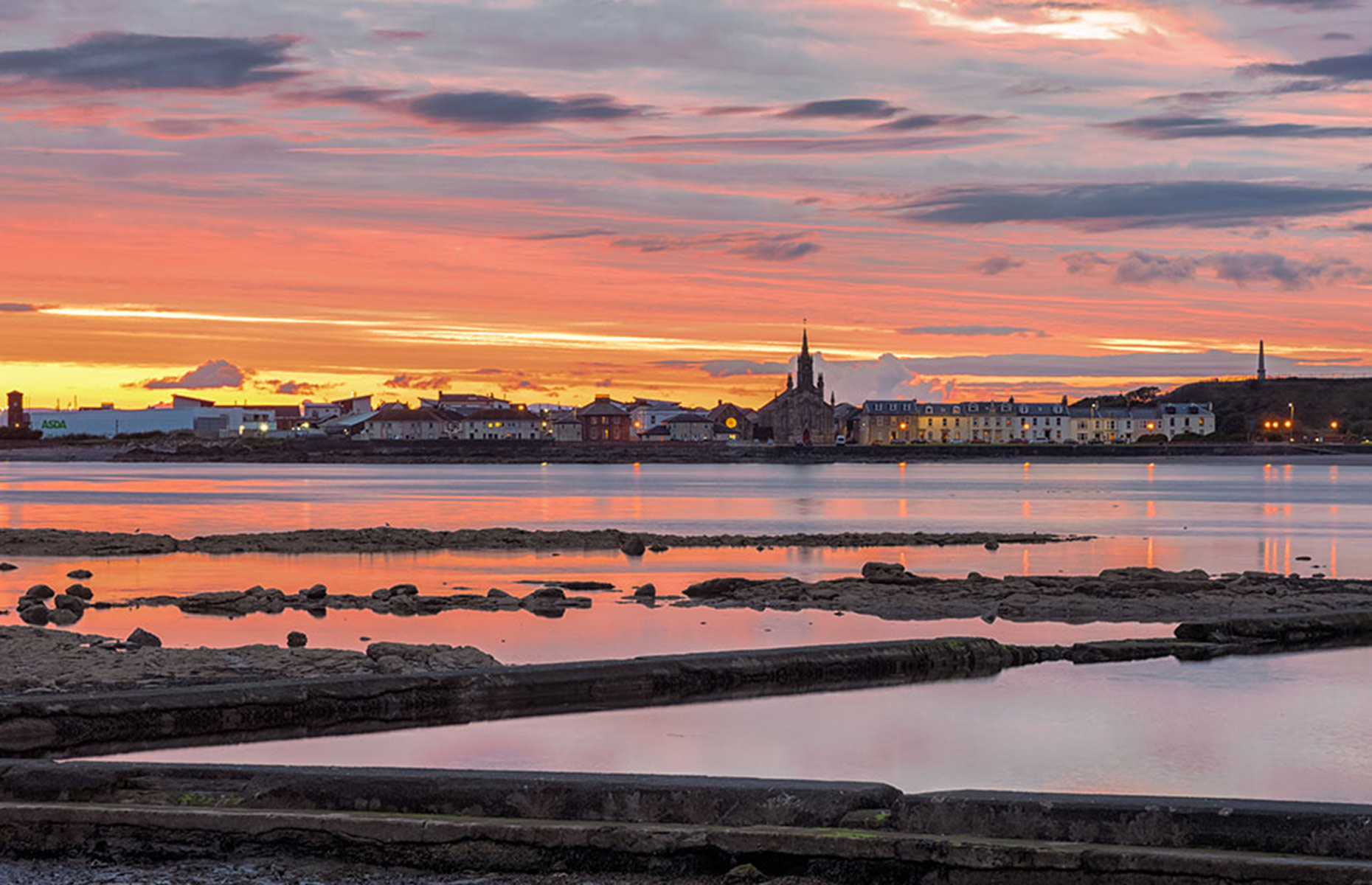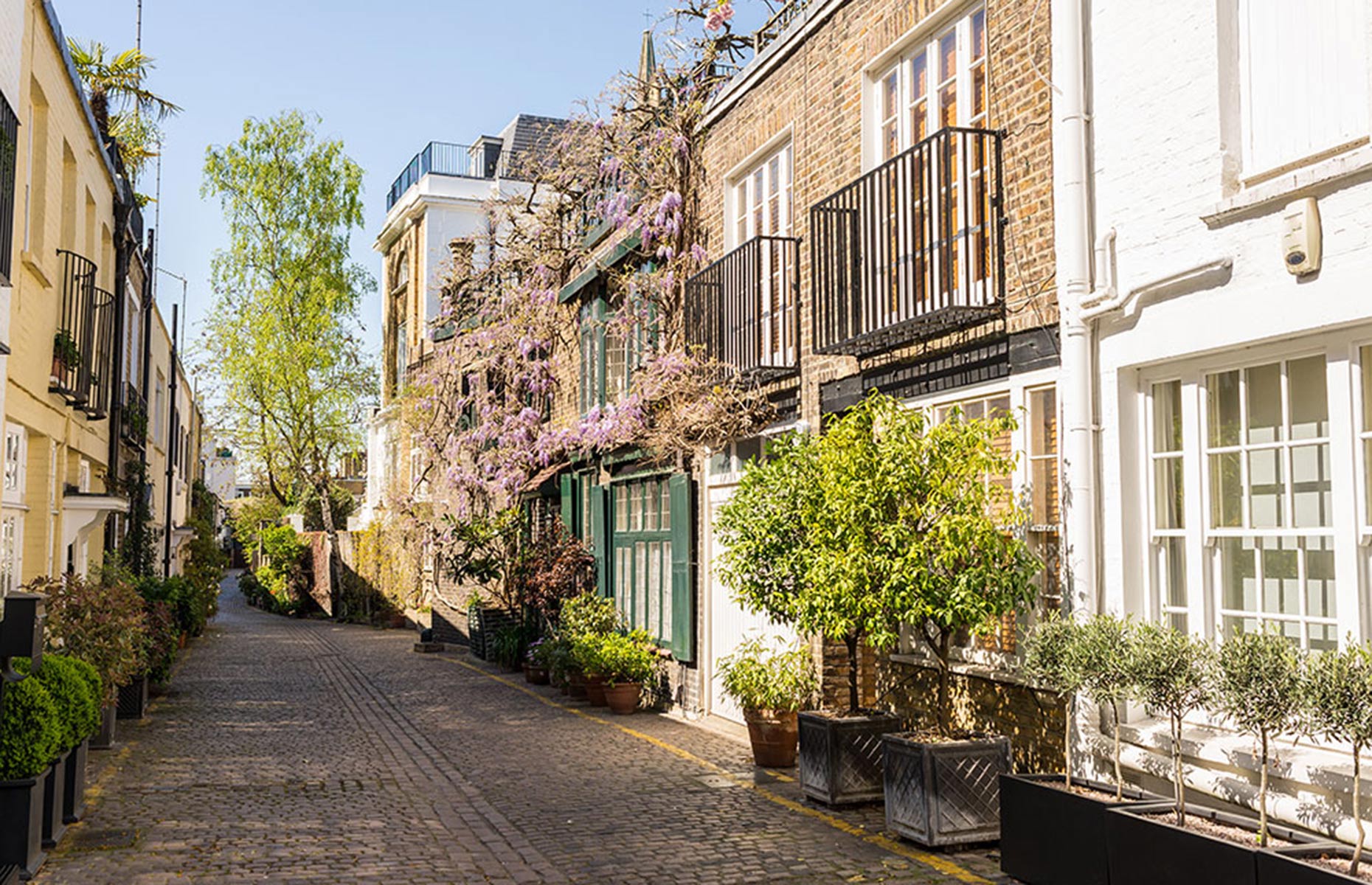Buy-to-let hotspots showing promising yields in 2023

Making a profit from a rental property can be tough, but research shows there are still some bright spots for savvy investors
If you're looking to snap up a buy-to-let property this year, it pays to consider your location wisely, especially when it comes to making a healthy return on your investment.
READ MORE: This type of property offers landlords the highest rental yield
There's been a lot of doom and gloom regarding the buy-to-let market in recent months, with experts suggesting that high mortgage rates, tenancy reforms and an impending cut to the capital gains tax-free allowance—tax payable when you sell a property that's not your home—will see many landlords take the money and run.
However, with high rental demand and a dip in house prices, Which? thinks that savvy investors could still nab a bargain.
And if you're wondering where the best place is to nab said bargain, then research by Zoopla has revealed that the highest rental yields for buy-to-let properties can all be found north of the border, in Scotland.
What is a rental yield?
Put simply, a rental yield is the percentage of profit you make from a rental property after you factor in the costs of buying the property and managing it.
When considering your potential profit, it's important to differentiate between the gross yield and the net yield. The former only takes the purchase price and rental income into account, while the latter also factors in costs such as maintenance and management fees. However, both can be useful in helping you weigh up the financial benefits.
To work out your gross yield, you need to divide the annual rental income by the price of the property and then multiply this figure by 100 to get your percentage.
So, for a property that cost £150,000 where you expect to charge £1,000 a month rent (so £12,000 per annum), the calculation would be 12,000 divided by 150,000 x 100 to give a gross yield of 8%.
To find out the net yield, you need to deduct any costs you expect to incur over the course of the year (mortgage fees, maintenance etc.) and subtract this from the annual rent before doing the same sum.
For instance, if you think your outgoings on the property each year will add up to £3,000, you need to subtract this from the £12,000 annual rent and do the sum again, so:
£12,000 in rent minus £3,000 in fees gives you an income of £9,000 after expenses. £9,000 divided by £150,000 and times by 100 results in a 6% net yield.
Where are the highest-yielding locations in the UK?

Image credit: 2017 James McDowall / Shutterstock
Coming top of the list of regions with the biggest rental yield is East Ayrshire in southern Scotland, where buy-to-let investors can expect to earn a gross yield of 8.48%.
In fact, it's good news all around for would-be investors in Scotland as the next four slots in the list are also filled by Scottish regions: West Dunbartonshire, North Lanarkshire, Renfrewshire and North Ayrshire, respectively, offering very tempting rental yields of between 8.4% and 7.94%.
Not only are these high-yielding regions all in Scotland, but they are also all either in the Central Belt or the south of Scotland, so buy-to-let investors considering the Highlands might want to rethink.
Working down from Scotland, the next regions you come to, North East and North West England, are also the next highest-yielding regions for investors.
Burnley in the North West takes the 6th place on the list, with rental yields of 7.92%, while in the North East investors can choose between Hartlepool, Middlesbrough and Sunderland, with rental yields of between 7.61% and 7.80%.
Of course, it doesn't take a genius to realise that it's the low cost of property in the north of England and Scotland that keeps these yields high.
Locations with the highest annual rental yields
| Region | Gross yield | Average rent | Average value of rental property |
| East Ayrshire | 8.48% | £504 | £71,334 |
| West Dunbartonshire | 8.40% | £562 | £80,326 |
| North Lanarkshire | 8.07% | £573 | £85,225 |
| Renfrewshire | 7.97% | £606 | £91,249 |
| North Ayrshire | 7.94% | £524 | £79,237 |
| Burnley | 7.92% | £493 | £74,681 |
| Hartlepool | 7.80% | £481 | £74,045 |
| Middlesborough | 7.64% | £531 | £83,333 |
| Sunderland | 7.61% | £546 | £86,078 |
| Inverclyde | 7.55% | £568 | £90,264 |
This latest data shouldn't come as too much of a surprise to those who have been keeping an eye on the market in recent years. Previous research by peer-to-peer investment platform Sourced Capital in 2020 also found that the top five locations in the UK for rental yield were in Scotland—Glasgow, Inverclyde, West Dunbartonshire, Midlothian and East Ayrshire.
The same research also placed Burnley in 6th position on its list but back then the yield was a mere 6.6%, so it's jumped almost a whole percentage point since then.
Where are the lowest-yielding areas in the UK?

Image credit: 2017 DrimaFilm / Shutterstock
Higher property prices do restrict the rental yield investors can expect, so although London might attract the highest rents in the UK, yields in some of the most sought-after parts of the city—Kensington and Chelsea, and Westminster, for instance, remain low.
But at least London can demand high rents—in the Derbyshire Dales, where rents are less than half of those in Richmond upon Thames, the relatively high cost of property means its yield is even lower than most boroughs in the capital.
If you're still interested in investing in London, then consider Barking and Dagenham, Newham and Bexley, which offer yields of between 4.80% and 5.12%.
Locations with the lowest annual rental yields
| Region | Gross yield | Average rent | Average value of rental property |
| Kensington & Chelsea | 3.30% | £3,221 | £1,171,159 |
| City of Westminster | 3.63% | £2,835 | £938,314 |
| Derbyshire Dales | 3.76% | £779 | £248,980 |
| Richmond Upon Thames | 3.77% | £1,896 | £603,863 |
| St Albans | 3.85% | £1,389 | £432,579 |
| South Bucks | 3.86% | £1,456 | £453,063 |
| City and County of the City of London | 3.88% | £2,301 | £711,294 |
| Ryedale | 3.89% | £691 | £213,009 |
| New Forest | 3.95% | £1,059 | £321,864 |
| Purbeck | 3.95% | £1,017 | £308,756 |
What other factors should investors consider?
Of course, property investment is not all about rental yield. Making money in the short term is, of course, appealing (and often essential) but ultimately, investors want the sales value of their property to grow, too.
Ellie Isaac, Zoopla's Senior Editor, says: "A higher-yielding market might not deliver much house price growth, which is a key element of getting returns from an investment property."
And don't forget tenant demand: there's no point investing in a rental property if the market is not there and you can't find tenants.
READ MORE: How to decorate a buy-to-let property
Lead image: 2022 Rodney Hutchinson/Shutterstock
Comments
Be the first to comment
Do you want to comment on this article? You need to be signed in for this feature